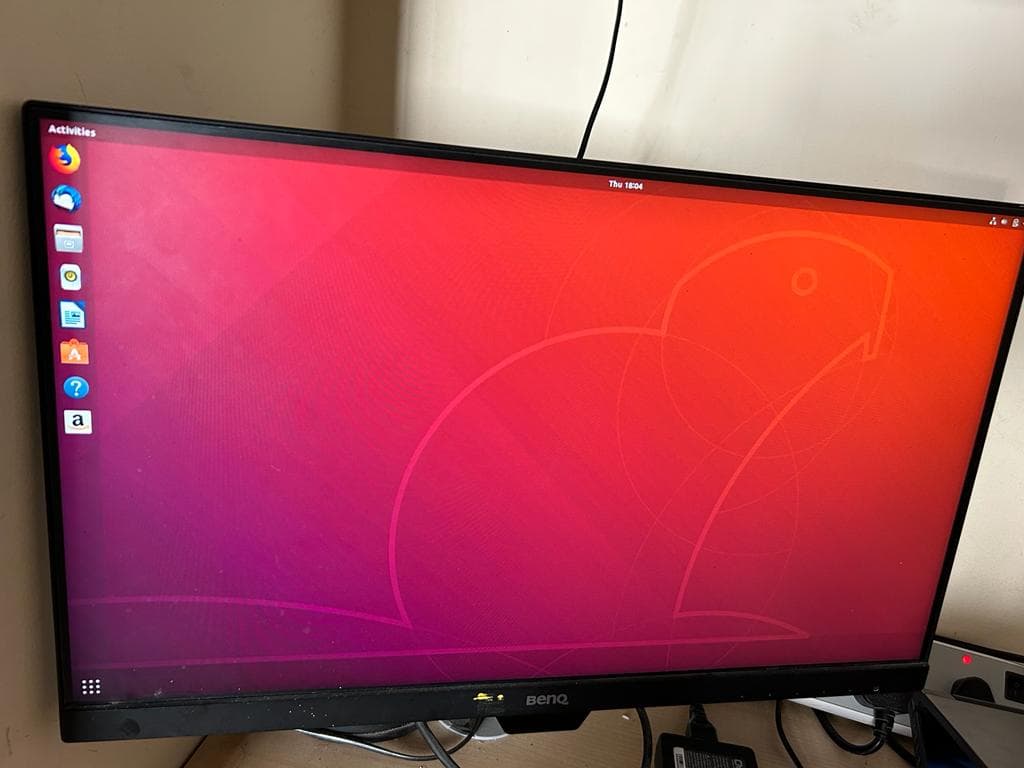Introduction
The Linux operating system has evolved significantly since its inception, and one of the most crucial aspects of its user interface is the windowing system.
For decades, X11, also known as the X Window System, has been the de facto standard for managing graphical interfaces on Linux.
However, in recent years, a contender called Wayland has emerged, aiming to modernize and replace X11.
In this comprehensive exploration, we delve into the world of Wayland, its roots, how it works, and the challenges it faces on its journey to mainstream adoption.
What Is Wayland?
Wayland is a relatively recent entrant into the realm of Linux windowing systems. It serves as a modern replacement for X11, aiming to address the limitations and issues associated with the aging X11 standard.
At its core, Wayland is a communication protocol that defines how an X Window display server communicates with client applications.
The Wayland project provides the necessary libraries and tools for applications to utilize this protocol effectively.
The story of Wayland's origins traces back to 2008 when it was initiated by a developer from Red Hat.
Since then, it has garnered attention and support from various corners of the Linux community.
X11 and Its Evolution
To understand Wayland better, we need to take a step back and explore the predecessor it intends to replace – X11.
The X Window System was first introduced by the Massachusetts Institute of Technology in 1984, designed for the Unix operating system. Over the years, it evolved, eventually becoming known as X11.
X11 serves as the intermediary layer between client applications and the graphics hardware.
It manages resources, handles drawing requests, and routes user input such as mouse clicks and key presses.
The communication between the X server, window manager, and applications is integral to its operation.
However, X11's architecture and extensive codebase have led to performance and security concerns, paving the way for Wayland's development.
How Wayland Works
Wayland was conceived to resolve the issues associated with X11. One of the primary drawbacks of X11 is the extensive messaging between its components, leading to latency and a less-than-optimal user experience.
In contrast, Wayland streamlines the codebase and minimizes redundancy, ultimately enhancing performance and security.
In the Wayland architecture, the compositor and client applications communicate directly.
The compositor maintains a map of windows on the desktop, their size, and state. It manages events and forwards them to the relevant applications.
Unlike X11, where rendering is centralized, Wayland allows applications to perform rendering themselves, leveraging Wayland libraries.
The application updates or creates a video buffer, and the compositor is notified of changes.
This streamlined approach results in smoother window resizing and dragging, a noticeable improvement in user experience.
Wayland's simplified architecture and contemporary design have made it the default windowing system in various Linux distributions, including Debian 10, Fedora 34, and Ubuntu 18.04 and newer versions.
For compatibility with legacy X11 applications, a compatibility layer called XWayland is available.
Wayland Adoption and Obstacles
Despite its potential, Wayland's journey to mainstream adoption has not been without challenges.
Compatibility with legacy X11 applications remains a concern. Although some official applications have transitioned to Wayland natively, a significant portion of Linux software still relies on X11.
Moreover, the transition to Wayland requires applications to be modified to work seamlessly with the new system. This transition period, along with the learning curve, has contributed to slow adoption.
Choosing Between Xorg and Wayland
The choice between Xorg (X11) and Wayland is one that Linux users might encounter.
It depends on factors such as hardware support, application compatibility, and personal preferences. Xorg is established and widely compatible with existing software, making it a stable choice.
However, Wayland offers performance improvements and enhanced security, making it a forward-looking option.
How To Check the Current Window System
To determine which window system is currently in use on your Linux system, you can use the following command:
echo $XDG_SESSION_TYPE
If the `XDG_SESSION_TYPE` environment variable is not set, you can use the following command to retrieve the information:
loginctl show-session $(loginctl show-user $(whoami) -p Display --value) -p Type --value
This will reveal whether you are currently using Wayland or Xorg as your windowing system.
Enabling Wayland on Fedora and Ubuntu
For users who wish to switch to Wayland on their Linux systems, the process may vary depending on the distribution.
Here are general guidelines for enabling Wayland on Fedora and Ubuntu:
Enabling Wayland on Fedora:
- On the login screen, you will typically see an option to choose your desktop environment or session type. Look for "Wayland" or a similar option, and select it.
- Log in, and you should be using Wayland as your windowing system.
Enabling Wayland on Ubuntu:
Enabling Wayland on Ubuntu is a bit more complex, as it often depends on the version and desktop environment. In general, Ubuntu's default desktop environment, GNOME, supports Wayland.
- On the login screen, click your username.
- Before entering your password, look for a gear or settings icon. Click on it to access the session type options.
- Select "Ubuntu on Wayland" or a similar Wayland option.
- Log in, and Wayland should be active.
Conclusion
Wayland's emergence as a modern replacement for X11 marks a significant development in the Linux ecosystem.
While the adoption has been gradual, its potential for enhanced performance and security is clear.
As more applications are modified to work seamlessly with Wayland, it could become the new standard for Linux windowing systems.
The Linux community faces the challenge of balancing compatibility with legacy applications and the benefits of adopting Wayland.
Ultimately, the choice between Xorg and Wayland will depend on individual needs and priorities. As the Linux landscape continues to evolve, Wayland's journey towards mainstream adoption remains a fascinating narrative to watch.

